Rijksmuseum
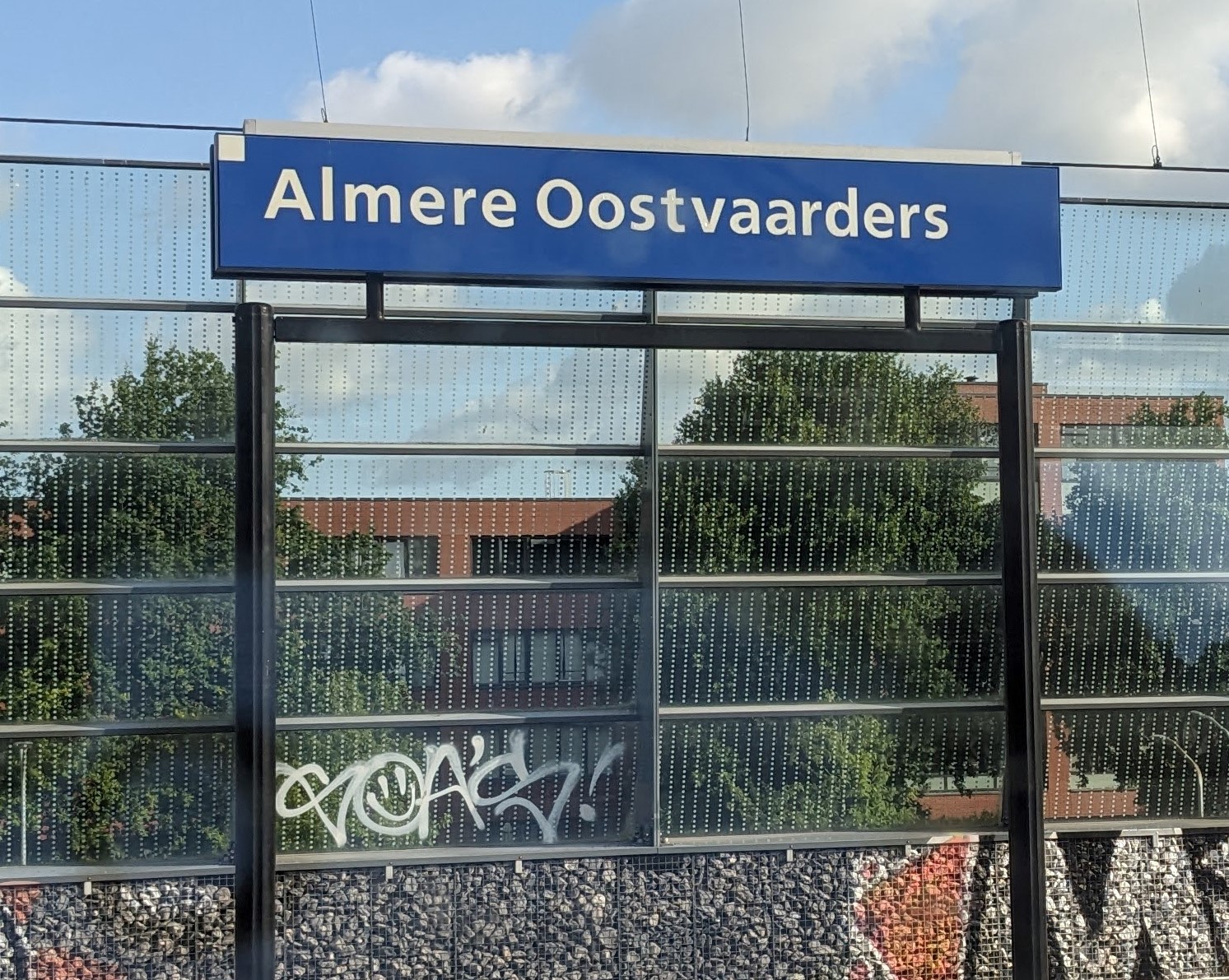
We took the train from Almere Oostvaarders (East Transit Station) into Amsterdam

The Rijksmuseum

Museumbrug over Singelgracht, one of Amsterdam’s main canals, leads to the Rijksmuseum

One of Amsterdam’s many modes of transportation
Marc needed to work and Mattias needed to go to school (he had another week of exams before the term was over), so only Emery accompanied us on the train into central Amsterdam on Monday morning. Our objective was to visit the Rijksmuseum, home of some of the world’s most famous paintings.
A framed print of The Milkmaid by Johannes Vermeer has hung in our dining room since about 1980, so seeing the original today was thrilling for both of us. (Like most Vermeers, it’s much smaller than one would expect.)
Michael was particularly interested in seeing the Rembrandt collection, but we were dismayed to discover that the museum’s best-known Rembrandt, The Night Watch, was partially obscured by technical equipment set up to measure minute vibrations in the canvas. Nancy had visited the Rijksmuseum in 1976 during her student years, but her view of The Night Watch had not been unobstructed then, either; the painting had been undergoing restoration after being slashed more than a dozen times by a madman with a table knife. In 2019, conservators launched “Operation Night Watch” simply to determine what today’s technology can do to stabilize the painting so it can be preserved for many more generations.
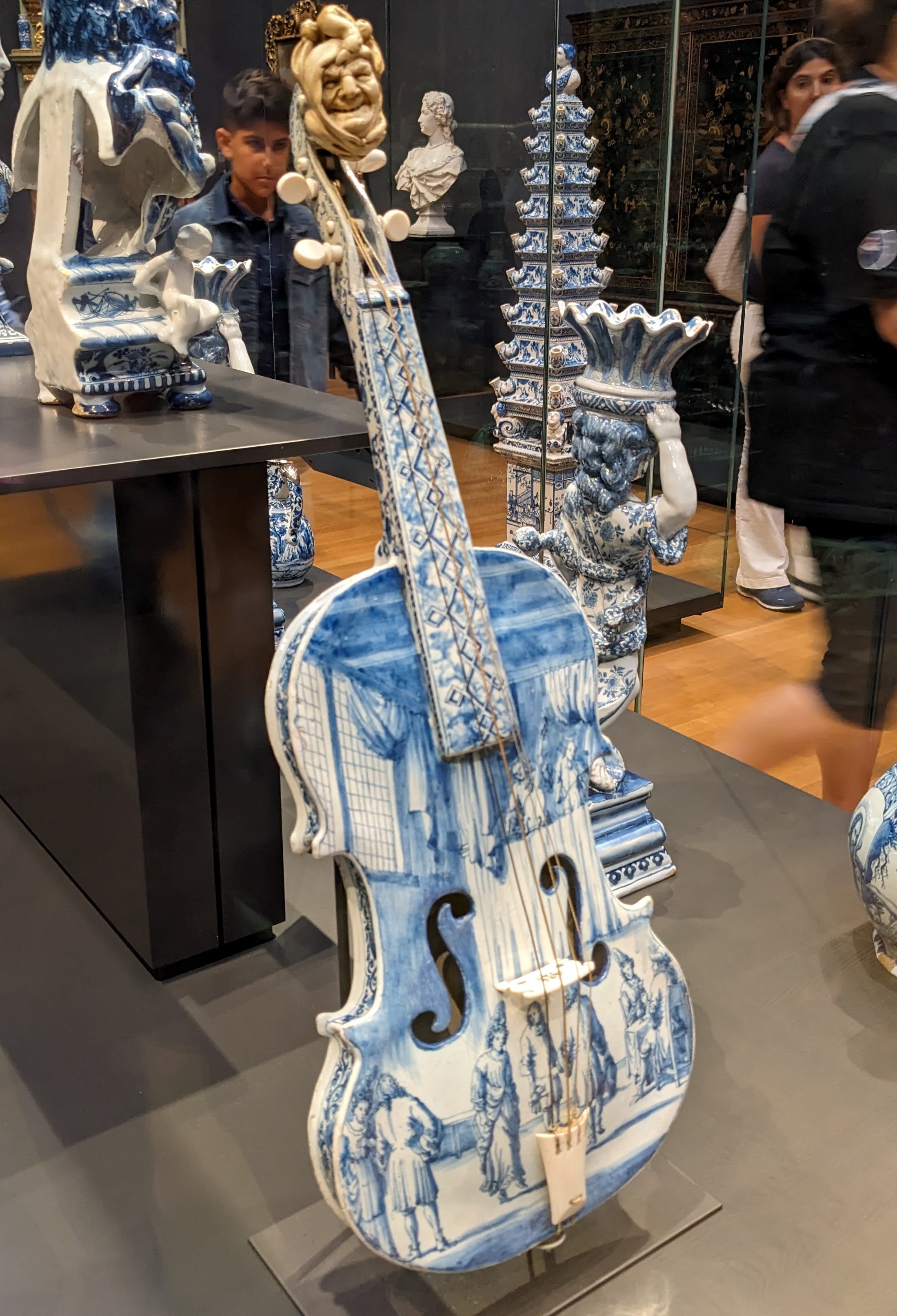 A violin rendered in Delft porcelain, c. 1705 |
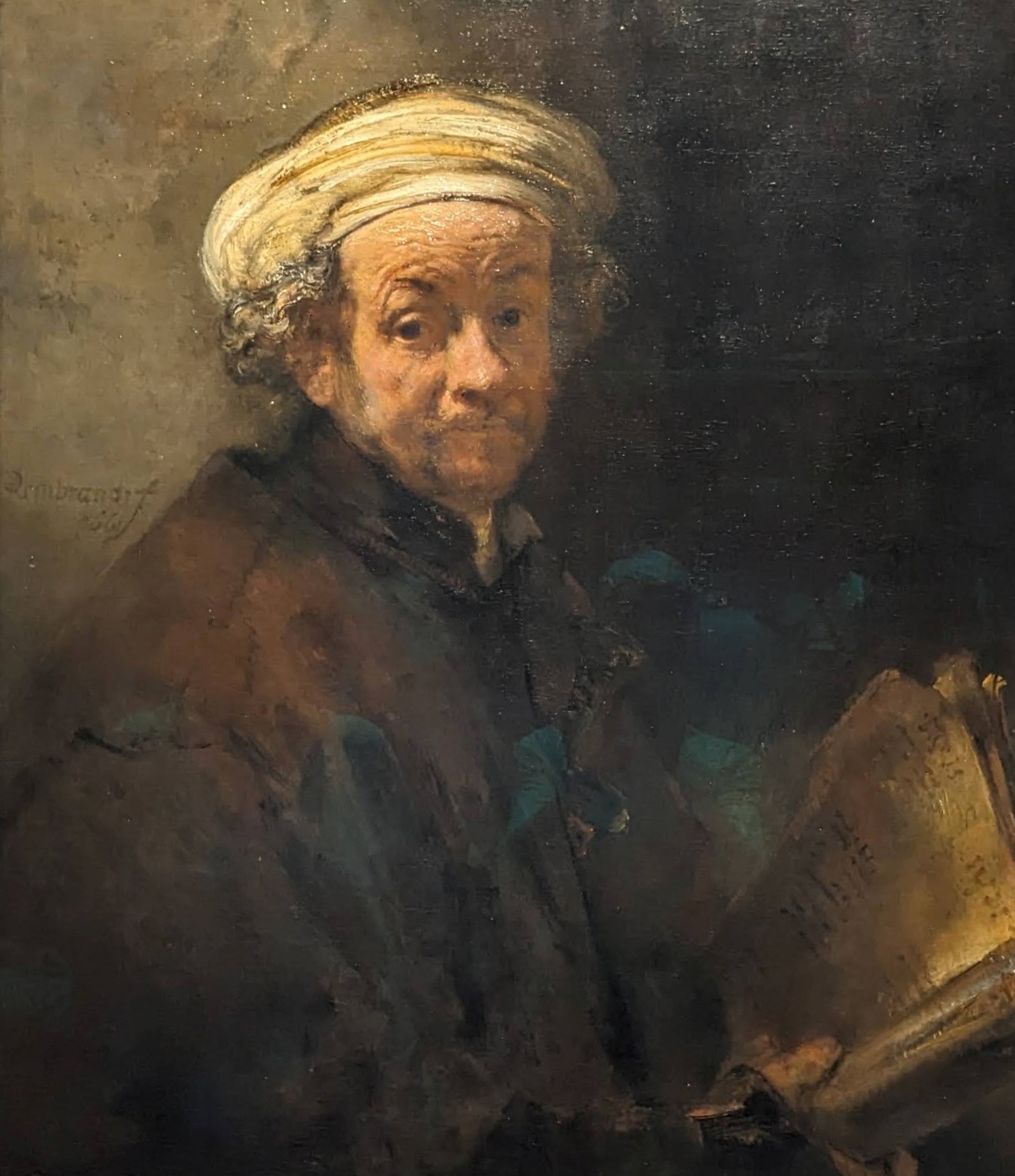 Rembrandt’s Self-Portrait as the Apostle Paul, 1661 |
 Vermeer’s “The Milkmaid”, 1660 |
 “The Windmill at Wijk bij Duurstede” by Jacob van Ruisdael, 1668-1670 |
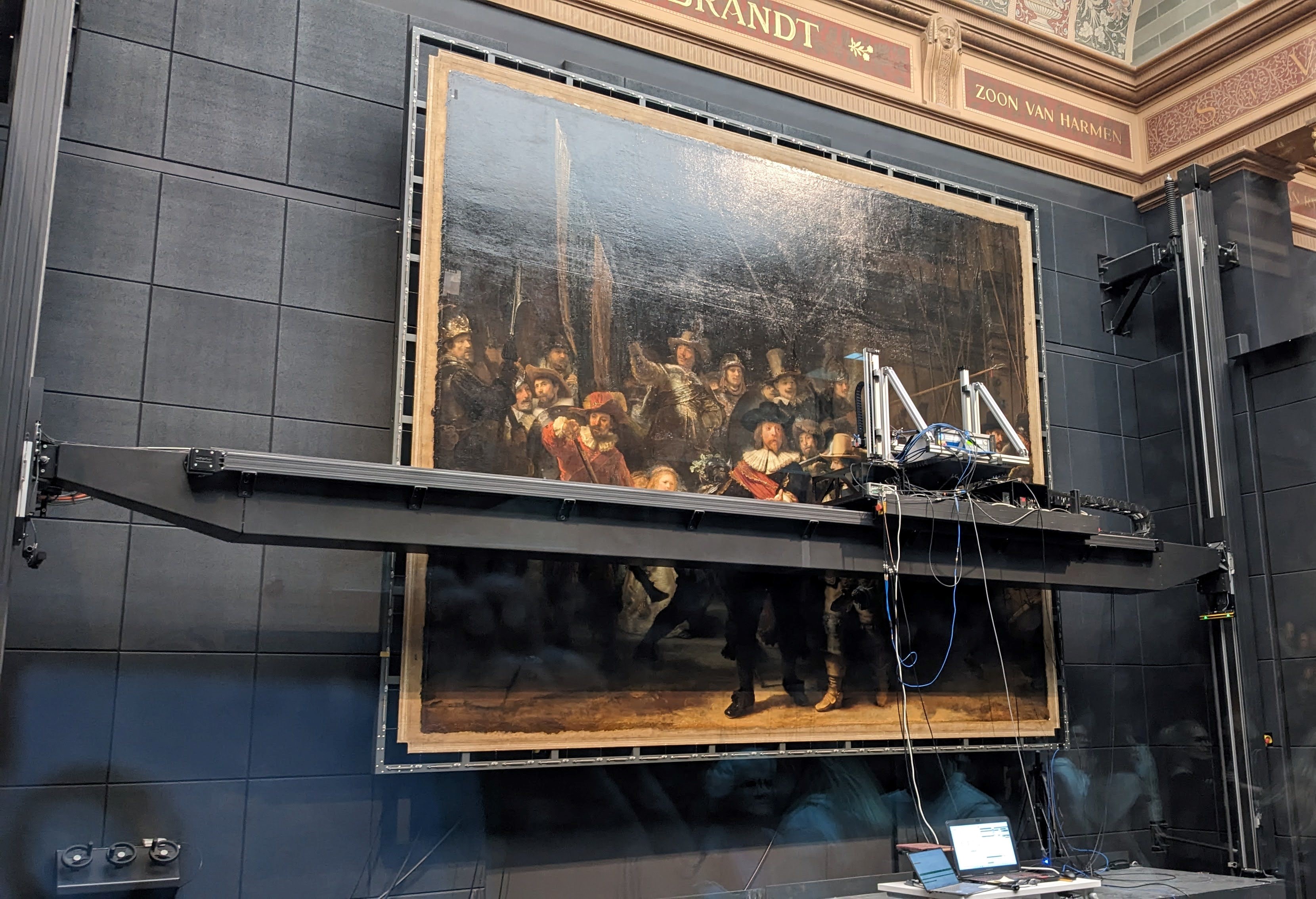 “The Night Watch” undergoing vibration tests |
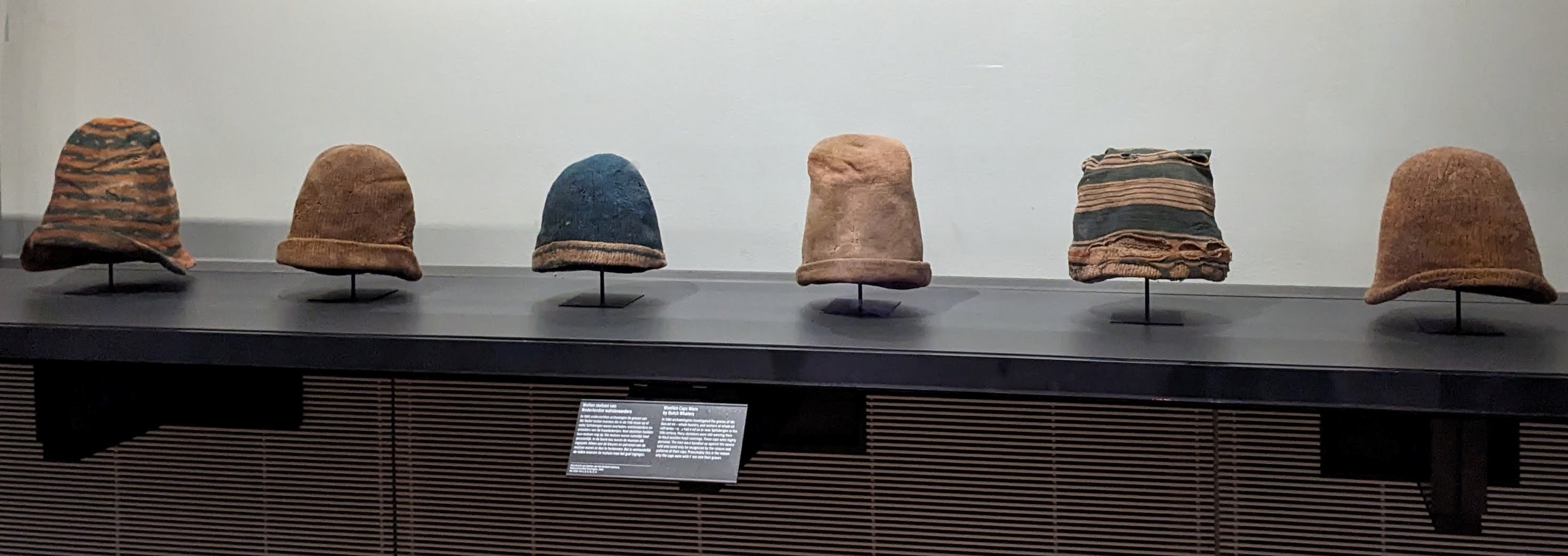 A collection of woolen caps worn by Dutch whalers in the 17th century |
Rembrandthuis

Rembrandthuis, where the painter lived and worked from 1639 to 1658
Although we had seen only a fraction of the items on display after two hours in the museum, we had to move on so we could visit Rembrandthuis, the building in which Rembrandt had lived and worked. Compact yet spacious, the multistory house (and the accompanying audiotour) provided us with new insights into Rembrandt’s genius—as well as the personal shortcomings that eventually resulted in his financial ruin. It’s sad that the great painter’s fortunes declined precipitously after his wife died, but, as the museum staff likes to point out, if Rembrandt had not been forced to sell everything he owned to settle his debts, he probably would have left no record of his personal effects. Rembrandthuis can exist now as a museum because conservators were able to use a detailed, room-by-room inventory drawn up before the estate sale to learn exactly what articles had been in each room when Rembrandt left in 1658. The furnishings and other items on display are either authentic period pieces or faithful reproductions. The museum also includes a large collection of Rembrandt’s etchings.
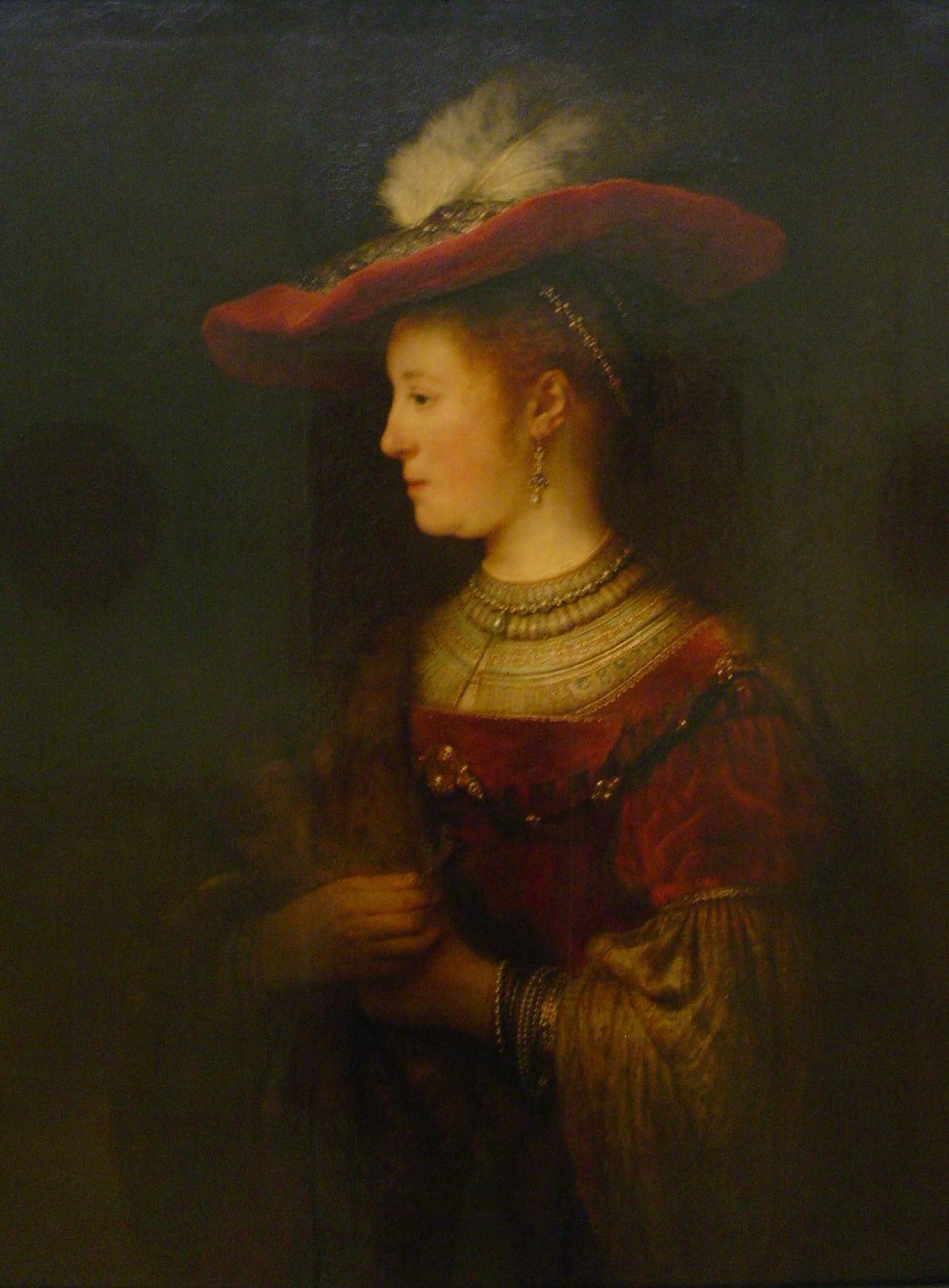 Portrait of Rembrandt’s wife Saskia |
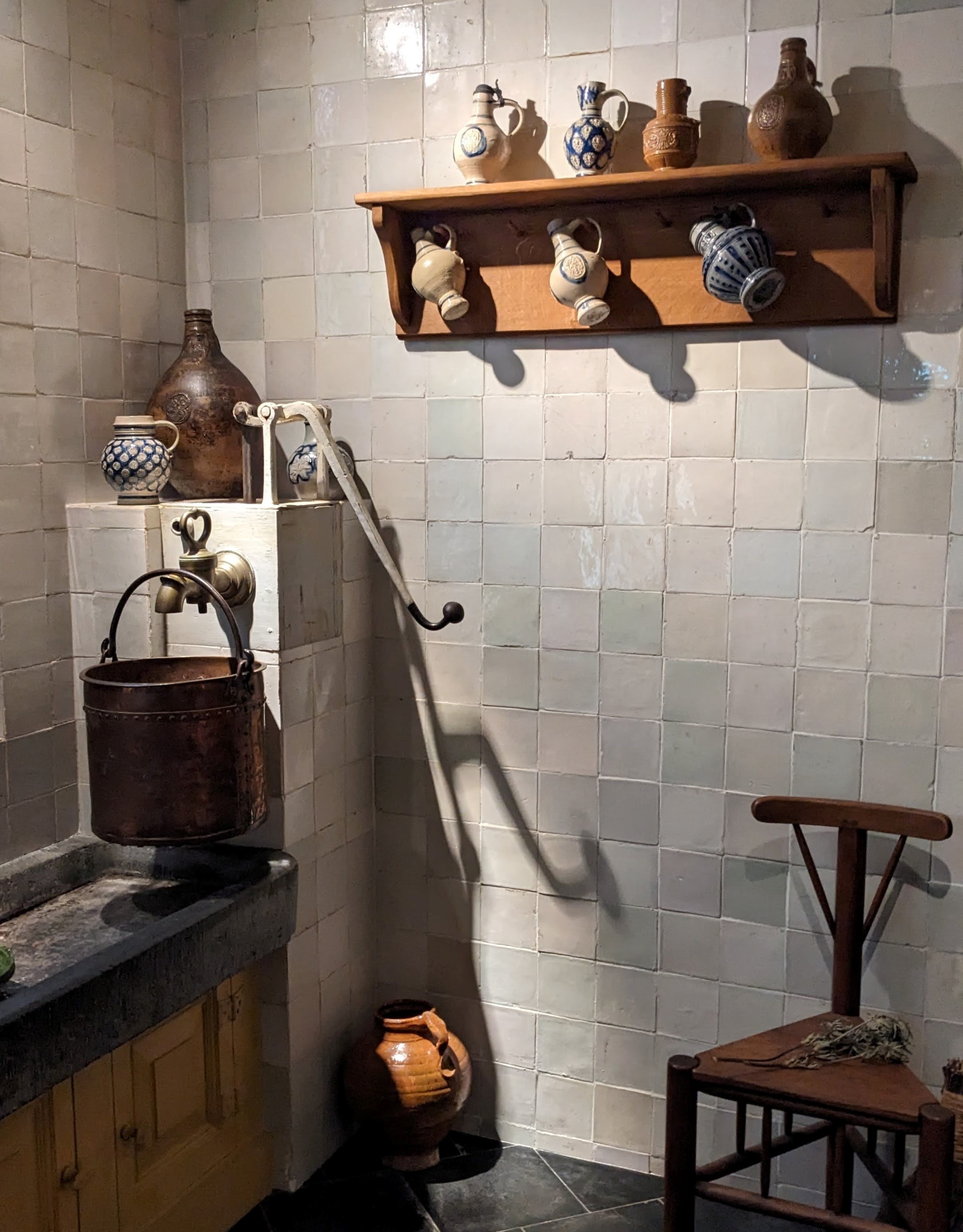 A corner of Rembrandt’s kitchen |
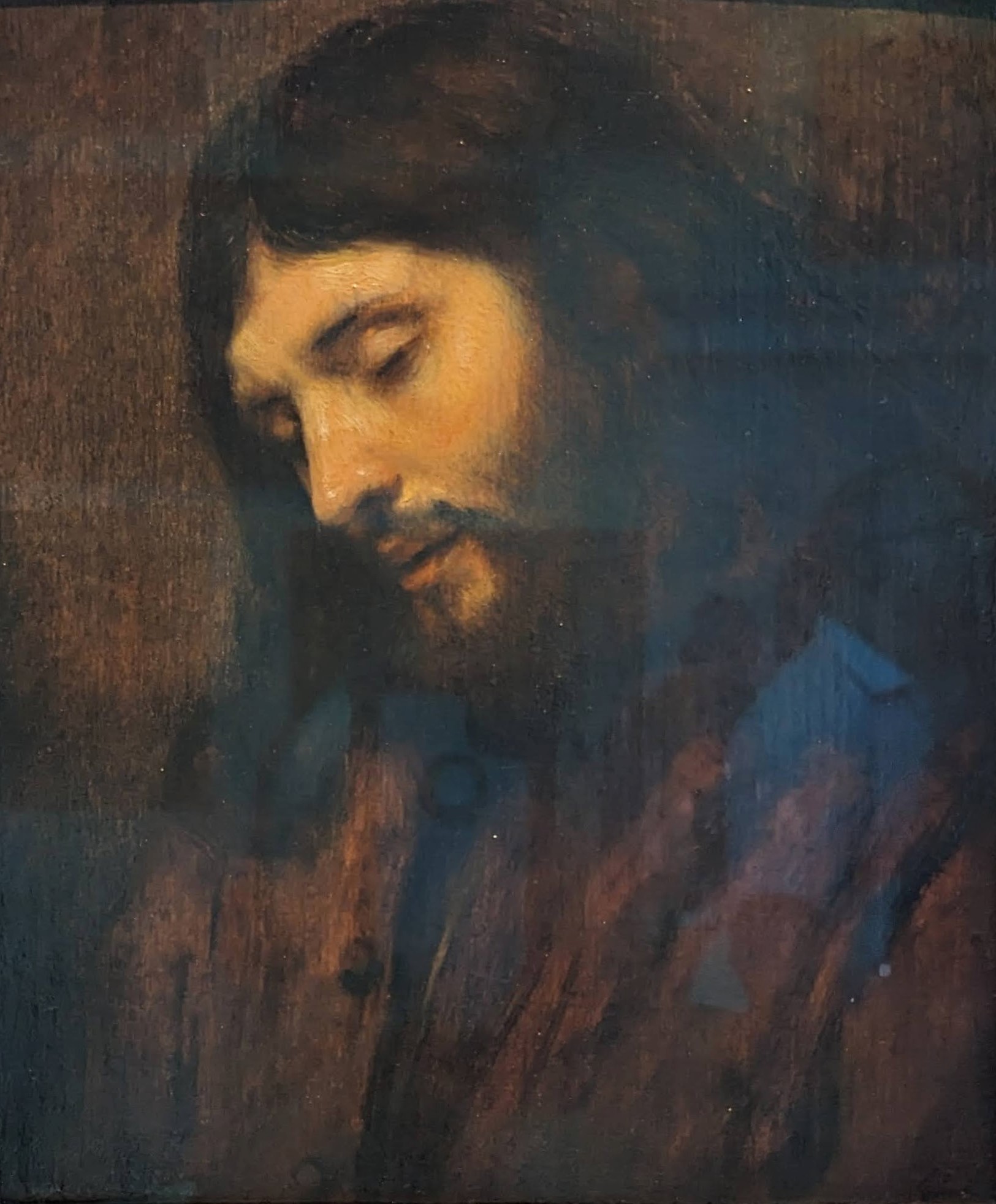 One of several “head shots” of Christ painted by Rembrandt in the 1640s |
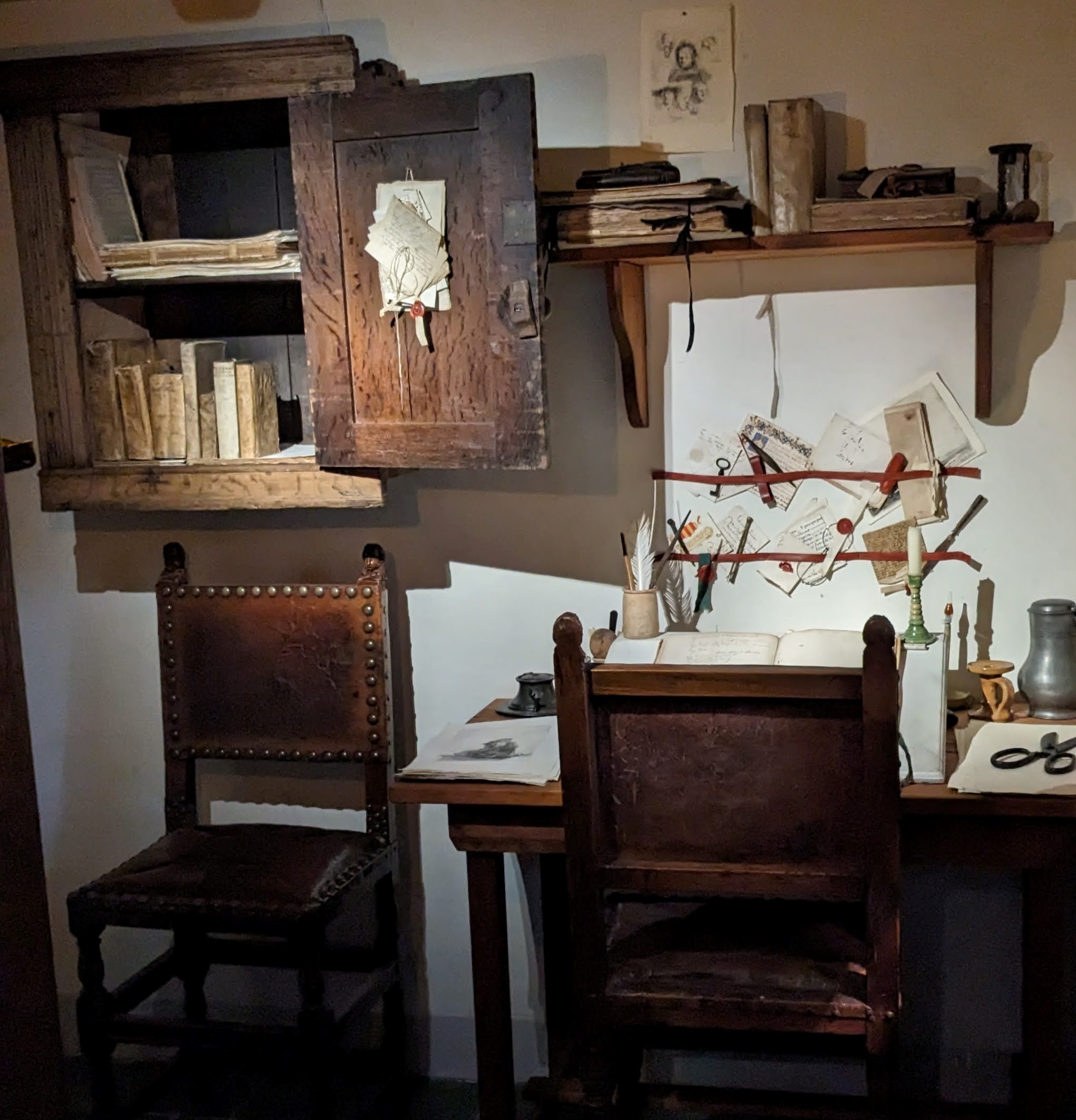 Rembrandt’s office |
 A docent demonstrates how Rembrandt prepared pigments and mixed paints in his top-floor workshop |
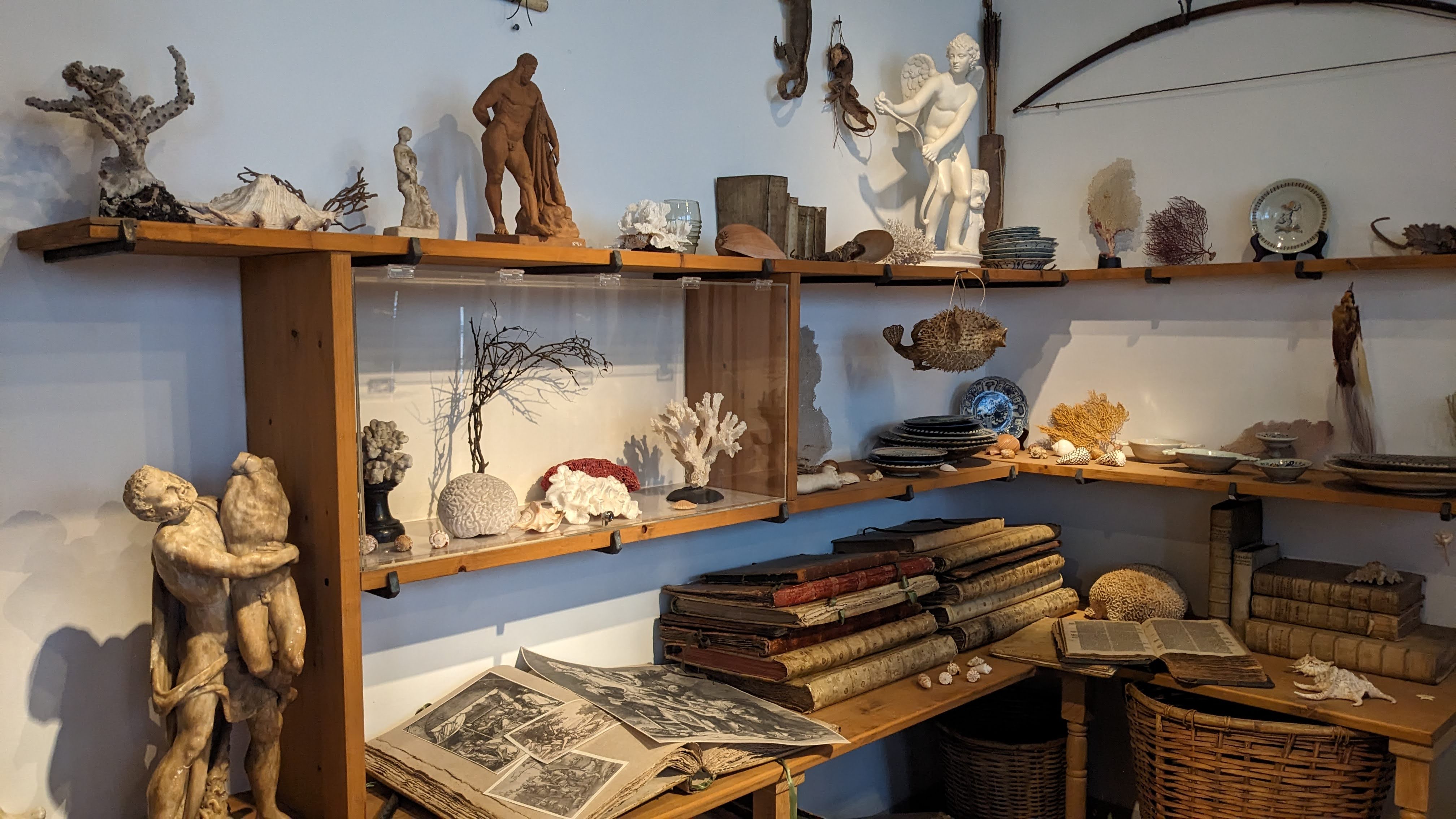 Part of Rembrandt’s extensive collection of artwork, antiquities, and natural curiosities |
Central Amsterdam
It was only a short walk from Rembrandthuis to Dam Square, the historic center of Amsterdam. This is where the city began to grow after the Amstel River was dammed in the thirteenth century. Today, the square features a huge World War II memorial on one side and the Royal Palace and Nieuwe Kerk (New Church) on the other. Here we met Marc, who had finished his work for the morning and came bearing a bag of sandwiches from a favorite bakery in Almere. (We understand why it’s a favorite: the crust on the baguettes surrounding the ham, boiled eggs, and tomatoes was perfectly crisp without being too hard to bite through.) Marc proceeded to give us a walking tour of the area, providing historical background for all the sights. He also led us to Banketbakkery v.d. Linde, a bakery-turned-ice cream-shop where we sampled scoops of Meneer Linde’s signature formulation: traditionally frozen cream is blended with whipped cream to create an unexpectedly fluffy texture.
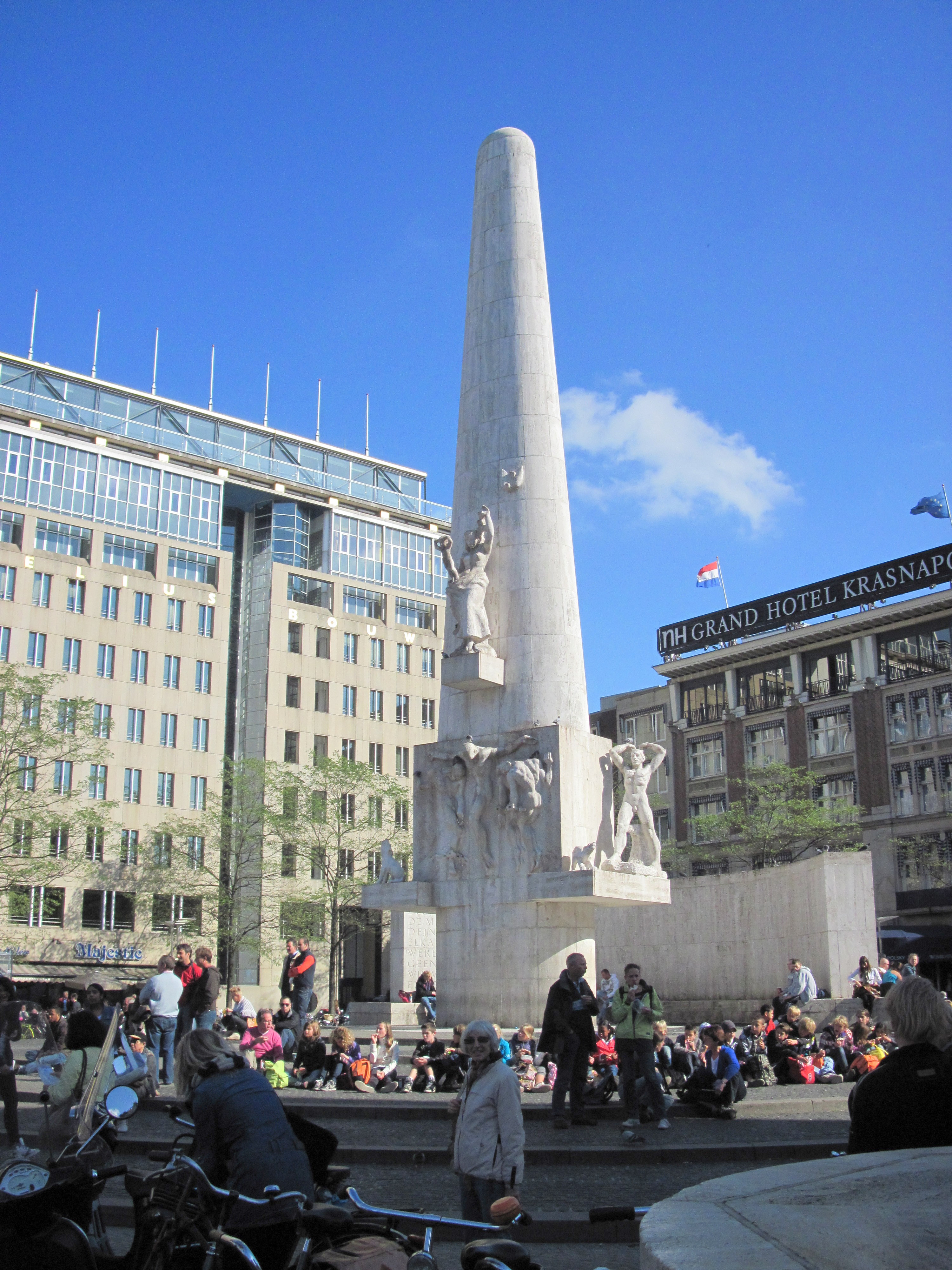 National Monument commemorating World War II on Dam Square |
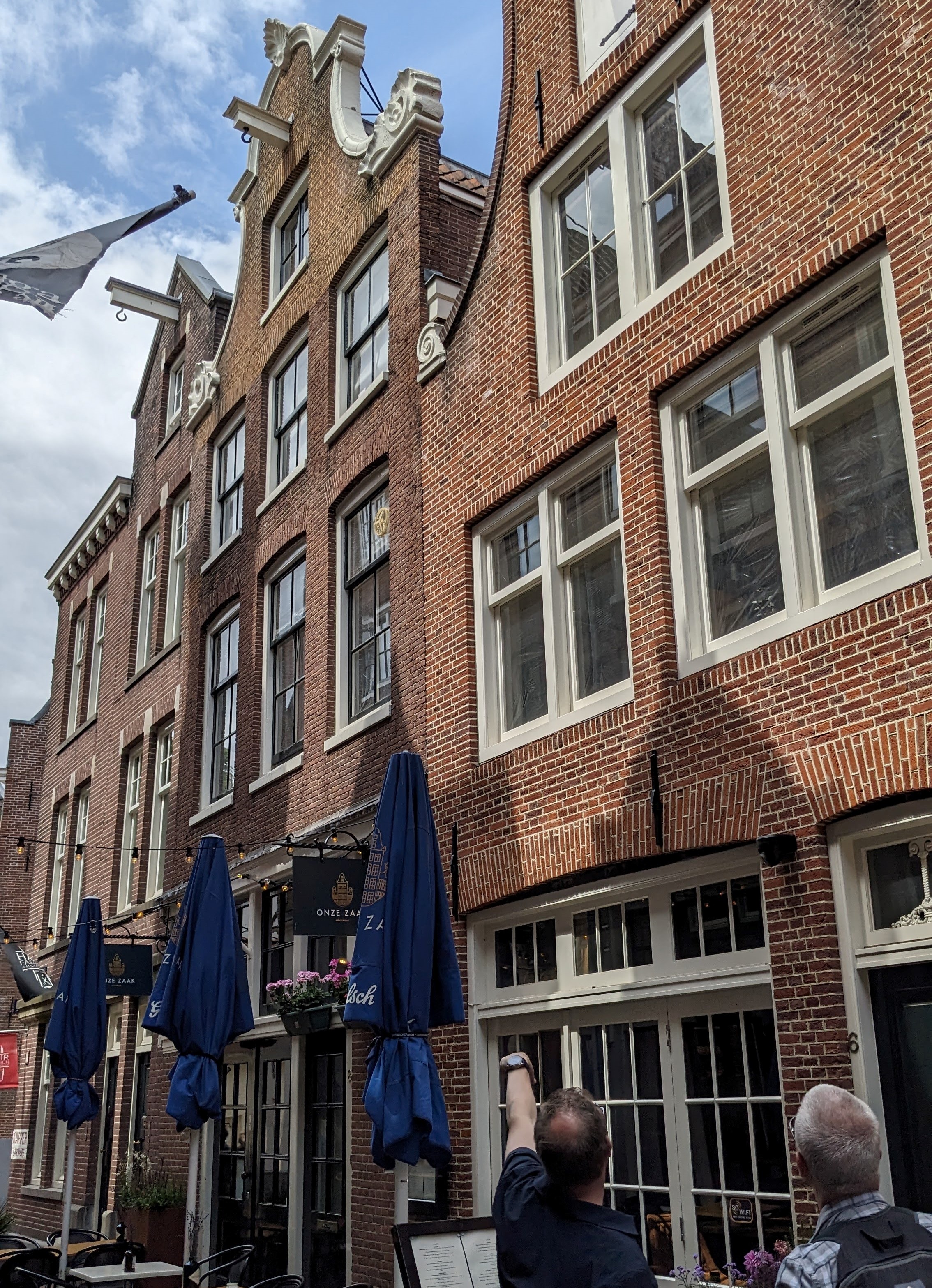 Marc points out the hooks often attached to the top of buildings to help movers hoist heavy furniture to the upper floors |
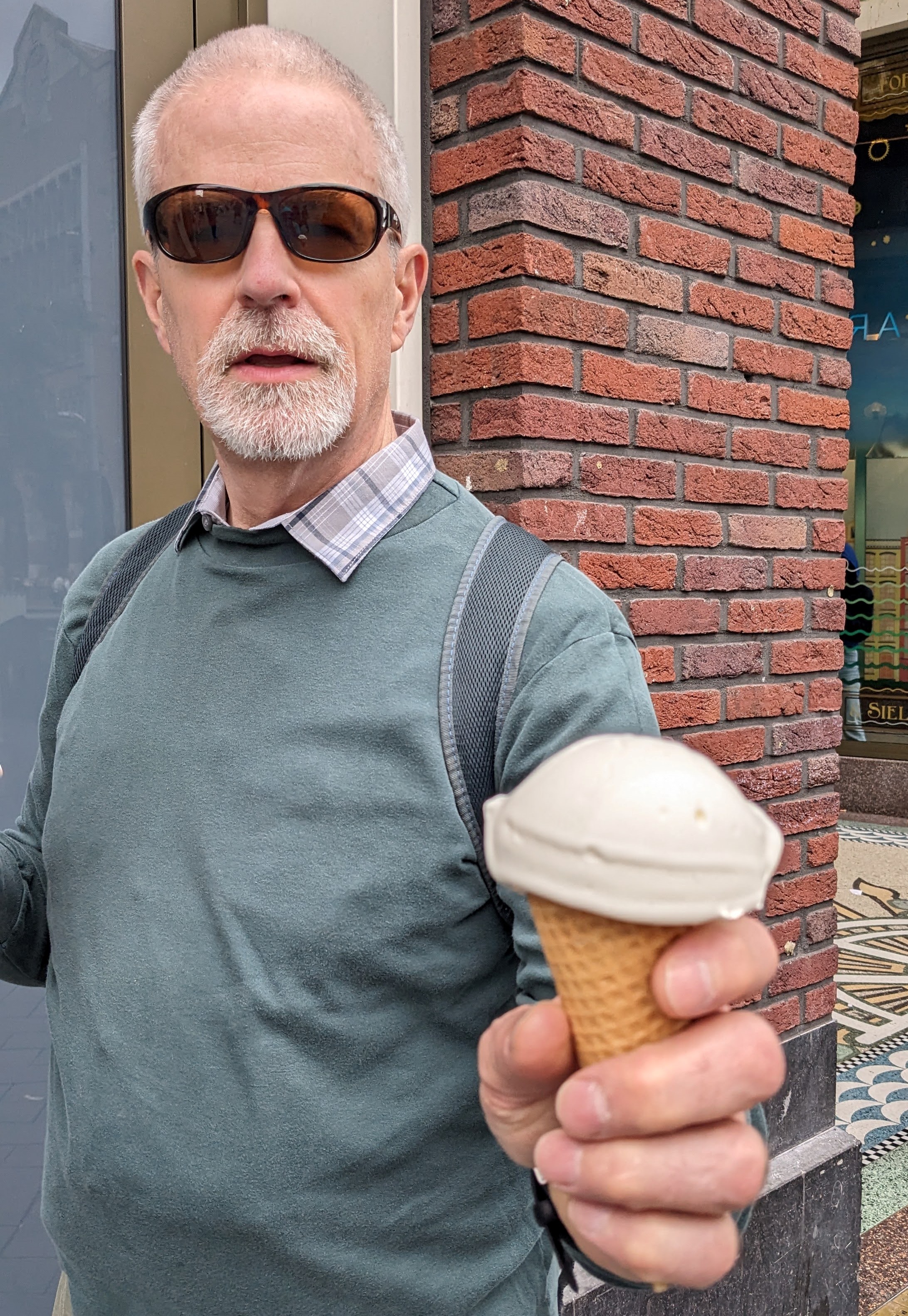 Michael with a cone from Banketbakkery v.d. Linde |
 Building featuring Amsterdam’s coat of arms |
 Primary mode of transportation of the Amsterdammer |
 The Royal Palace |
 Nieuew Kerk isn’t exactly new; it was completed in 1408 |
 Locks on the Amstel River above the dam |
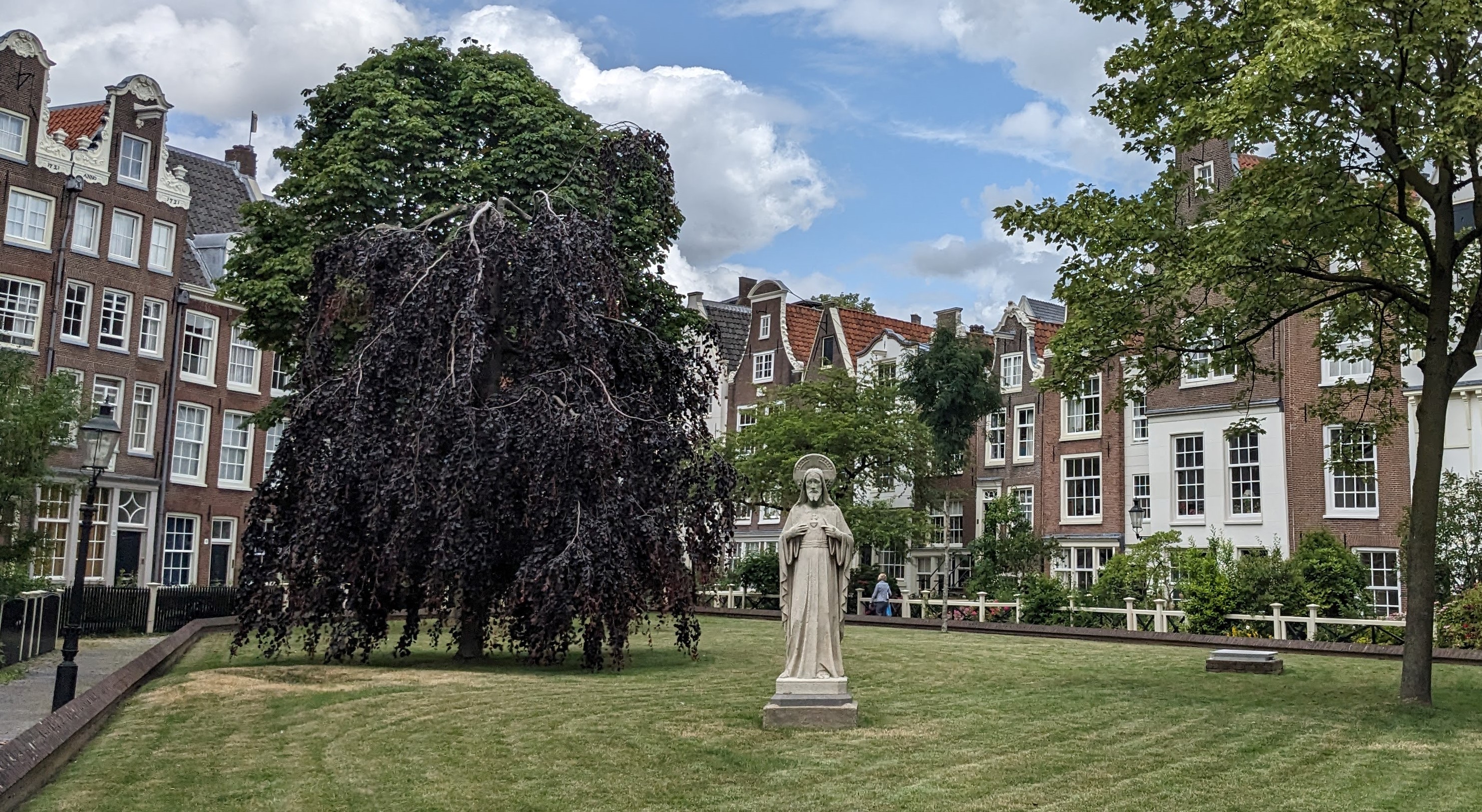 Het Beijginhof, Amsterdam’s home for Beguines, a community of unmarried Christian women that has been caring for the sick since about 1150 |
Zaanse Schans

The village of Zaanse Schans
By mid-afternoon, we were back in the car and on our way to Zaanse Schans, the village we had been prevented from visiting yesterday by heavy highway traffic. We’re glad we got there, because in addition to strolling among a number of shops and working vintage windmills, we also saw a demonstration of how classic wooden shoes are made. Marc assured us that many Netherlanders still wear this type of footwear because wooden shoes are comfortable, impervious to mud and water, and almost indestructible. We were intrigued to learn that Dutch bridegrooms traditionally carve a pair covered with intricate designs to present to their brides as a wedding gift. Marc also insisted that we try a variety of Dutch candies and some warm, freshly made stroopwafels. (The caramel filling was delish!)
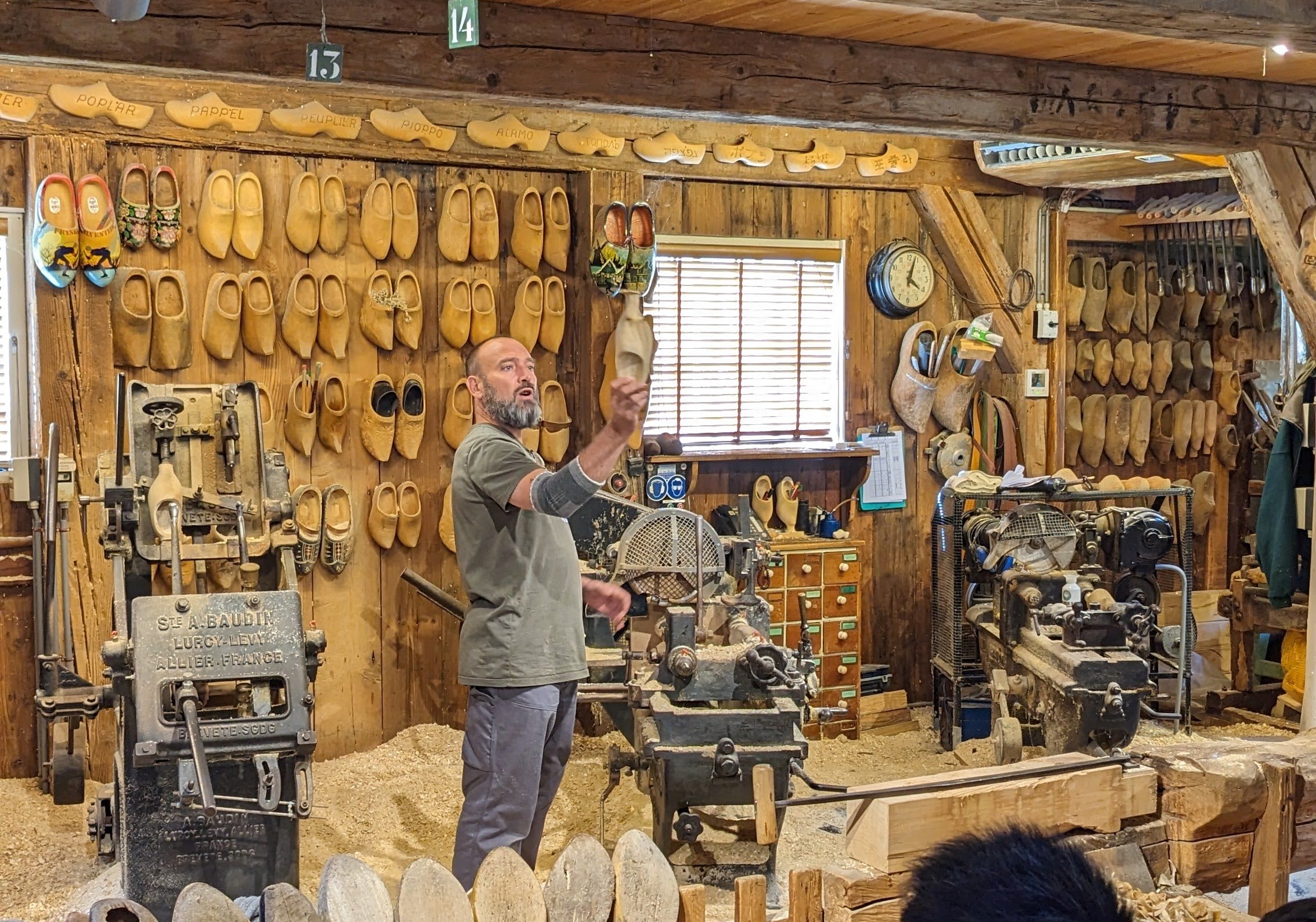 How wooden shoes are made today |
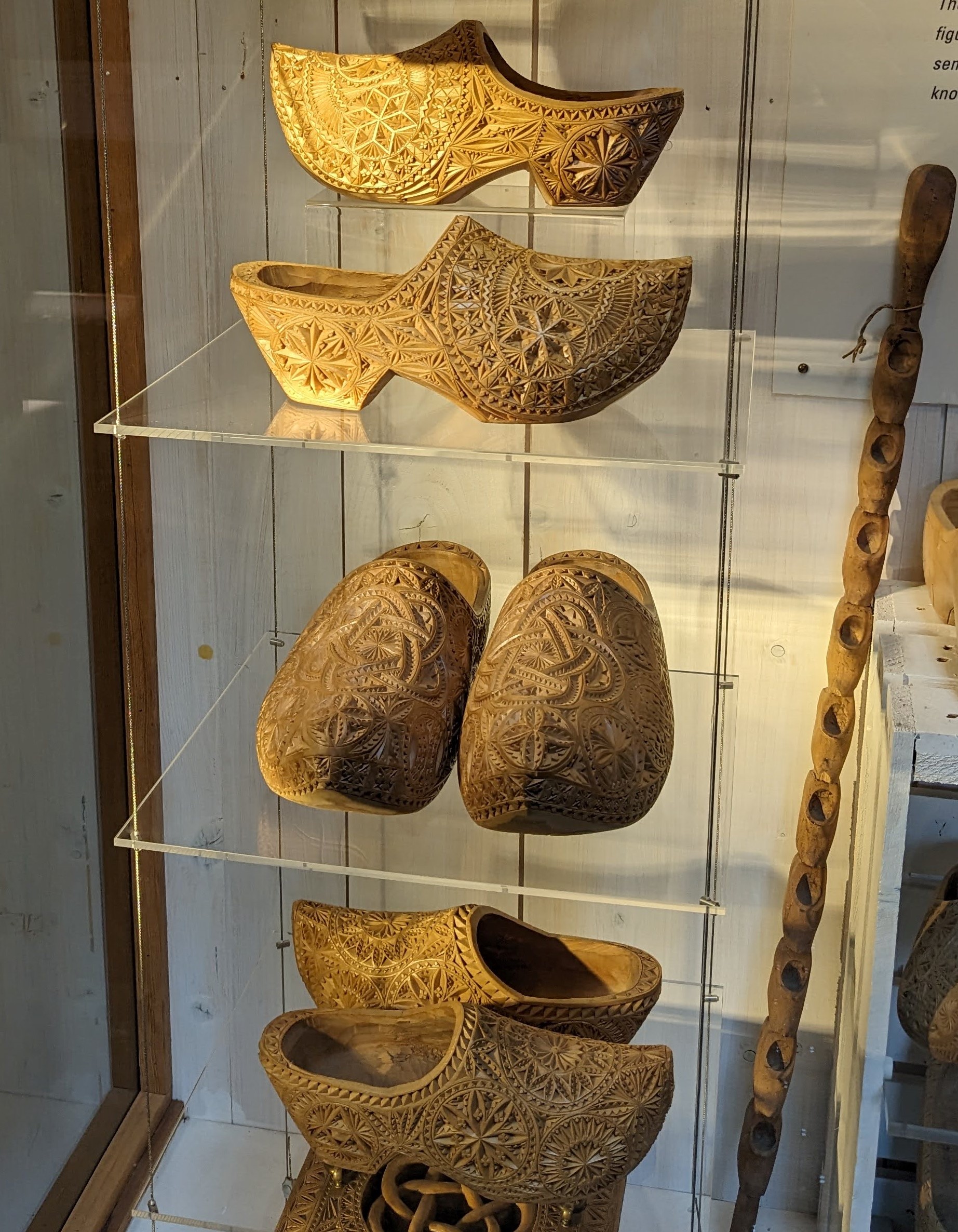 Wedding shoes: the groom’s hand-carved gift for his bride |
 Marc ordered some stroopwafels for us to sample |
Back Home in Almere
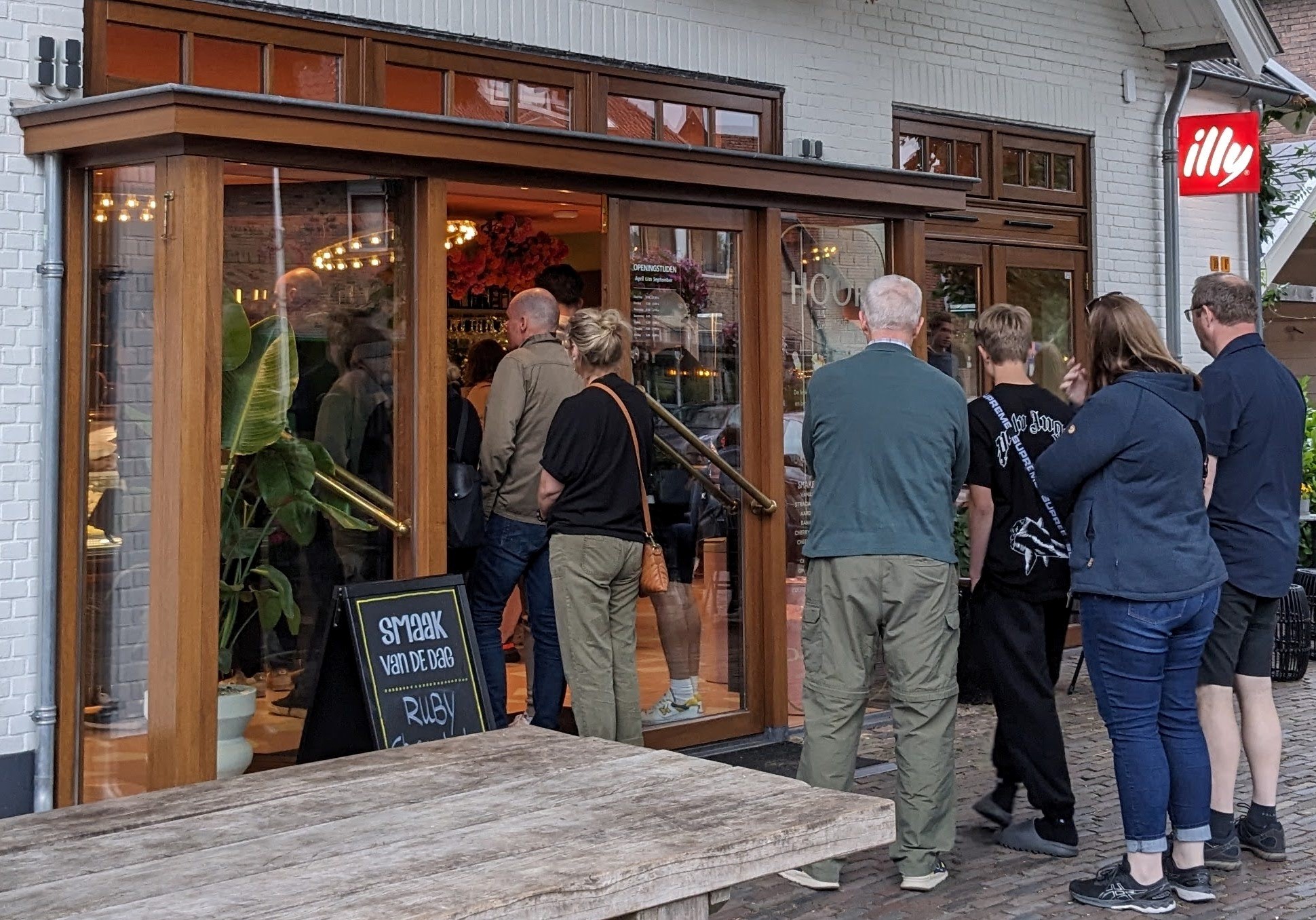
Waiting for ice cream at Hoop in Blaricum
We picked up some fresh salmon to broil for dinner; Nancy helped Emery cook some rice and snap some flat green beans to go with it. While the rest of us were sightseeing this afternoon, Mattias had been to the orthodontist and thus chewing was a slow, painful process for him, but eventually he managed to consume everything on his plate. As a reward for his effort, Marc suggested that we get ice cream from Hoop in Blaricum. We couldn’t resist trying today’s featured flavor, Ruby Chocolate, despite having already eaten plenty of sweet treats since lunchtime.
Delightful!
💙💙💙💙
No Anne Frank House? It was top of my list in Amsterdam (Rijksmuseum was second).
It was high on our list, but we didn’t plan ahead and tickets were not available. Next time!
Having great guides really makes for a memorable time. Glad you could be with Emery and family.